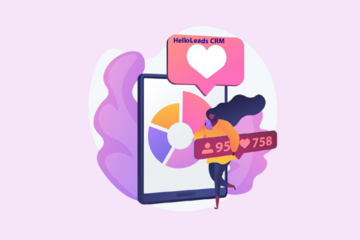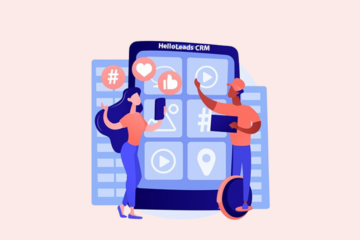
Gamification has emerged as a powerful tool for transforming daily routines into engaging, productive, and enjoyable experience. By integrating game-like elements such as points, rewards, and competition into everyday activities people are staying more committed to their goals and improving their habits. When users receive points, badges, or virtual rewards for completing tasks, their brain releases dopamine, creating a sense of achievement and motivation to continue. Whether it’s fitness, work productivity, learning, or even household chores, gamification is reshaping how we approach routine tasks.
In this blog, we are going to explore how gamification is revolutionizing everyday life and making mundane tasks more exciting.
Areas Where Gamification is Making an Impact:
1. Fitness and Health:

Fitness and health industry has been significantly transformed by gamification. Apps like Strava, Fitbit, and MyFitnessPal incorporate game-like elements such as goal-setting, achievement badges, and social challenges to keep users engaged. These features help users track progress, compete with friends, and participate in community challenges fostering a healthy and enjoyable lifestyle. Leaderboards and virtual rewards add an extra layer of motivation, encouraging users to push their limits and stay consistent with their fitness routines.
2. Work Productivity
In the workplace, gamification enhances productivity and employee engagement through platforms like Trello, Asana, and Microsoft Viva. These tools help employees set objectives, track their progress and earn incentives. Organizations also integrate gamification into training programs, where learners can earn points, unlock achievements, and engage in competitive quizzes. This approach not only makes training sessions more enjoyable but also improves knowledge retention and skill development.
3. Education and Learning:

Educational platforms such as Duolingo, Khan Academy, and Coursera make use of gamification to create immersive and engaging learning experiences. Features like streaks, reward points, interactive quizzes, and virtual leaderboards keep students motivated to progress through lessons. By turning learning into a game-like experience, these platforms increase knowledge retention, encourage consistent learning habits, and make studying more enjoyable for users of all ages.
4. Household Management:
Managing household can often feel overwhelming, but gamification has made it more engaging through apps like Habitica and OurHome. These apps turn daily responsibilities into fun, game-like experiences, where users earn points for completing chores, organizing tasks, and meeting household goals. Families and roommates can set challenges, track contributions, and reward achievements, making household management a more collaborative and enjoyable process.
5. Financial Management
Gamification has also made its way into personal finance, helping users build better money habits through apps like Fortune City and YNAB (You Need a Budget). These apps use goal-setting, progress tracking, and rewards to make financial management more interactive. Users can set saving goals, monitor spending habits, and earn virtual rewards for making smart financial decisions. By turning budgeting into a game-like experience, these apps encourage people to take control of their finances in a fun and engaging way.
The Future of Gamification
As technology evolves, gamification will become even more immersive with AI, virtual reality (VR), and augmented reality (AR). These advancements will create personalized, interactive experiences that make everyday tasks more engaging and rewarding. Whether at work, home, or school, gamification is set to redefine how we approach routine activities, making them more enjoyable and motivating than ever before.
Share this blog :










